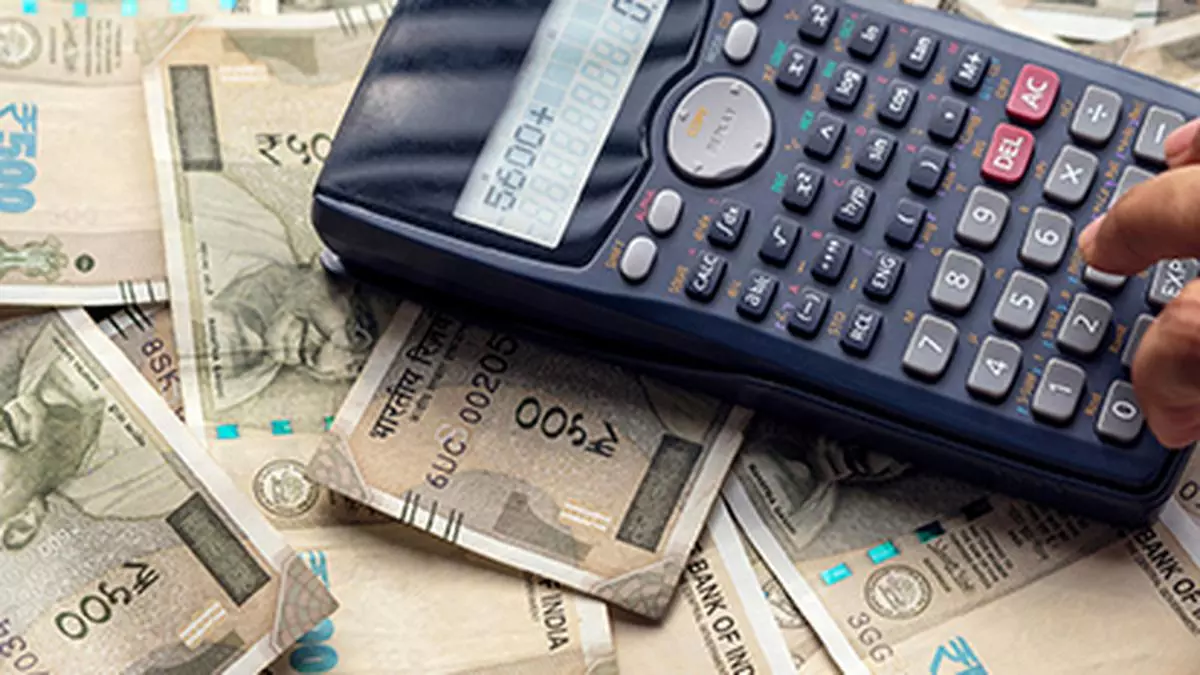Fiscal year-end closing coupled with better compliance and improved consumption pushed e-WAY bill generation to an all time high of 10.35 crore in March, data collected by GST Network (GSTN) showed. This could have some impact on GST collection in April for which data will be out on May 1.

- Also read:E-way bill generation in Feb new second all time high, collection to get boost
Normally, April records very high collection. Last April saw an all-time high collection of ₹1.87 lakh crore.
This is the second time since the introduction of an e-WAY bill in 2018 when generation has crossed 10 crore in a month. Previous all-time high was in October, when 10.03 crore e-WAY bills was generated. An e-WAY bill is an electronic document generated on a portal, evidencing the movement of goods. It also indicates whether tax has been paid for the moving goods. As per Rule 138 of the CGST Rules, 2017, every registered person involved in the movement of goods (which may not necessarily be on account of supply) of consignment value of more than ₹50,000 (can be lower for intra-state movement) is required to generate an e-way bill.
Barring November, e-WAY bill generation has been nine crore plus since August last. Also, during the last fiscal i.e., 2023-24, seven out of 12 months saw more than nine crore bill generations and two out of these seven months recorded 10 crore plus.
During the last three months (December, January and February), more than 9.5 crore e-way bills had been generated. Also, October saw the all-time high generation of over 10 crore.
Explaining the reasons behind higher generation, Vivek Jalan, Partner with Tax Connect Advisory said: “While e -WAY bills have been long prevalent in the Indirect Tax space, yet under GST, the linkage with e-invoicing and the moving squads enforcing implementation have resulted in the unorganised movements and corresponding supplies being brought under the GST net”.
According to Ankur Gupta, Practice Leader (Indirect Tax) at SW India, latest number shows several significant trends in India’s economic landscape. Firstly, it reflects a notable increase in consumption across various sectors, with heightened economic activity driving the need for transportation and logistics services. This rise in e-way bills is particularly evident in industries such as FMCG and electronics, where year-end supplies and increased demand contribute to the surge. Moreover, the sustained growth in e-way bill generation also points towards the effectiveness of technology-driven scrutiny and compliance mechanisms implemented by regulatory authorities.
“With advancements in digital infrastructure and regulatory frameworks, businesses are becoming more vigilant in adhering to documentation requirements, thereby enhancing overall compliance levels”, he said.
How will this latest number of e-WAY bills impact GST collection? Prateek Bansal, Tax Partner with White and Brief – Advocates & Solicitors said an increase in consumption is directly relatable to the jump in GST revenues. “Given the buoyancy in GST collections due to increased compliances particularly generation of e-way bills and e-invoices, GST collections are likely to settle at an elevated level with a more robust economic recovery in the coming months,” he said.
- Also read:E-way bill generation surges to 9.52 crore in December, second highest so far
Jalan said that the generation of e-WAY bills has been increasing and correspondingly, the GST Revenues. “However, it is to be kept in mind, that the intrastate e waybills resulting in CGST plus SGST revenue will be more relevant from the GST revenue point of view as IGST will largely be utilised as ITC in B2B supplies”, he said.

